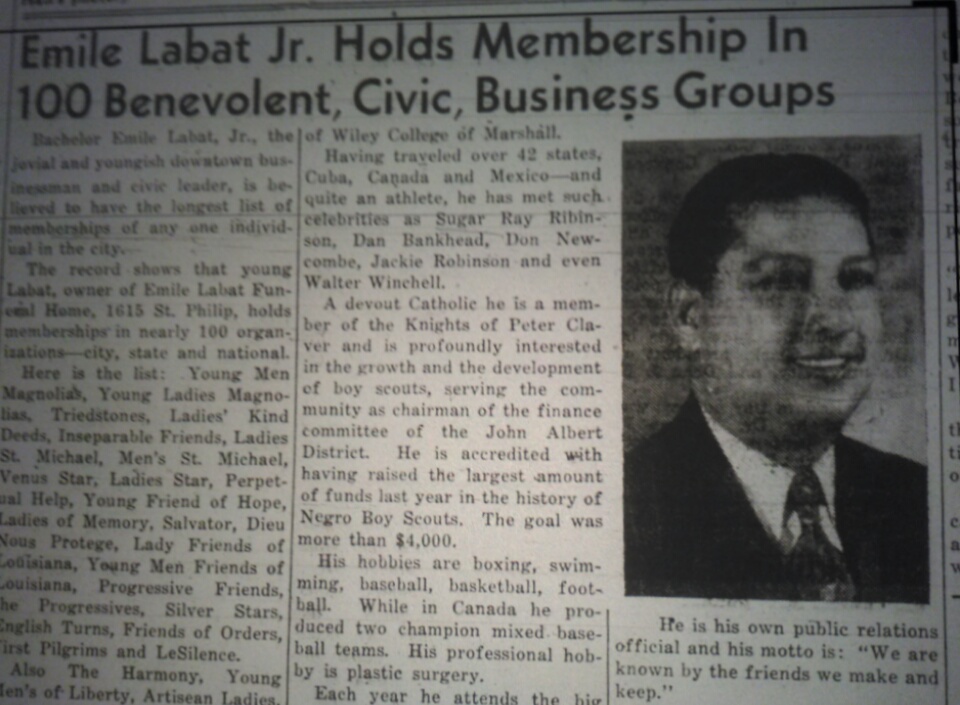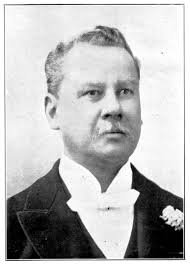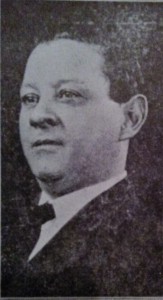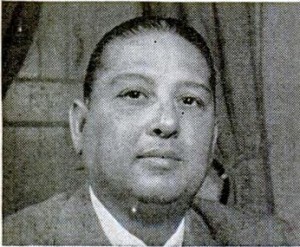In 1938, the Jazz great Jelly Roll Morton sat down at the Library of Congress with folklorist Alan Lomax to record his memories and experiences in Jazz and old New Orleans. During the interview, he matter-of-factly noted that “Everybody in the city of New Orleans was always organization-minded, which I guess the world knows, and a dead man always belonged to several organization, secret orders and so forth.” Morton was referring to the scores of social and benevolent societies which existed in the city. It is almost impossible for the contemporary reader to understand just how important these societies were. These organizations – often formed around a common religious, occupational, neighborhood, or social bond – offered both tangible and intangible benefits, such as medical and prescription assistance and the opportunity to exercise leadership and exert collective effort.
The societies, clubs, and fraternal orders could be local, regional, or national in scope. They were accompanied by their own lexicon and an exceptionally colorful nomenclature. Various titles were used for organizational officers and diverse sets of regalia oftentimes set apart members, officers, and those who formed what was called the ‘uniform rank.’ Dues books, constitutions, initiation rituals, annual turn-outs, sick and death relief committees – all of these things were common to the hundreds of organizations which existed.
As early as 1887, the Louisiana Medical Society made note of the societies in an editorial:
“Four-fifths of the people of this city are banded together into so-called ‘Benevolent Associations,’ whose objects are weekly indemnity while sick, free medical services, including drugs, and free burial in case of death. Every one of these societies annually chooses a physician, a druggist and an undertaker, and always after fierce competition. Just before the annual election a committee goes around to some fifteen or twenty physicians and the same number of druggists and undertakers, and requests each of these functionaries to put in a bid. Then begins the scramble.”
It was not uncommon in years gone by for a druggist, doctor, or undertaker to belong to two or three dozen of these societies. The societies prided themselves on having men of stature on their membership rolls and being a “dues-paying member,” often helped in winning the annual elections to provide the group with services. In 1951, memberships in the old-line benevolent and fraternal societies along with professional, civic, social, and religious organizations earned undertaker Emile Labat, Jr. special recognition in The Louisiana Weekly. Labat was believed to have “the longest list of memberships of any one individual in the city.”
Some of the colorfully-named benevolent groups were the Inseparable Friends, Société des Jeunes Amis, Artisans, Juvenile Cooperators, Friends of Order, Young Men Friends of Louisiana, Dieu Nous Protegé, Young Friends of Hope, and Venus Star. He was also active in the Autocrat Club, New Orleans Athletic Association, Louisiana Colored Funeral Directors Association, Knights of Peter Claver, and the Boy Scouts of America. He also was a shareholder in two insurance companies and managed to stay active in the world of baseball.
Emile Joseph “Bumpy” Labat, Jr. (5 May 1908-14 November 1961) was only following in a family tradition in holding memberships in so many groups and in operating a mortuary business. In the early 1880s, his grandfather, Alcée Labat, entered the undertaking business in partnership with Joseph Ray. Robert-Alcée Labat (22 March 1845-16 May 1897) operated the business with much success for almost two decades. He set a powerful example for his descendants through his civic engagement, particularly by serving as a member of the Comité des Citoyens, the group which planned and funded the Plessy v. Ferguson test-case. The original undertaking business, Labat & Ray, was located at 1300 North Rampart Street (formerly 310 N. Rampart).
After his death in 1897, Alcée’s widow, Célina Chaudurier Labat, continued the family business until their youngest son, Emile, assumed charge. Emile Labat, Sr. was like his father, intensely interested in the civic and economic progress of his race. He was once described as “A true type of the successful businessman through honesty and affability, with penetrating vision and personal initiative. [He] has built up a spending undertaking and embalming business [and] has the respect and confidence of the community.” Emile, Sr. continued the business at its original location on North Rampart Street until 1913, when it moved to 1615 Saint Philip Street near North Claiborne Avenue.
Emile Labat, Sr. (14 May 1883-1946) continued to operate the business until his death in 1946. At that time, his son, Emile, Jr., took charge of the business. Membership in many of the old benevolent and fraternal societies was multi-generational, with fathers presenting sons or mothers presenting daughters for membership as soon as they came of age. Upon observing the lengthy listings of organizations in the obituaries of Emile, Sr. and Emile, Jr., one can see that they held membership in many of the same groups nearly two decades apart.
The old benevolent and mutual aid societies and fraternal orders continued to grow and proliferate until World War II. Their membership numbers were affected by, among other circumstances, the Great Migration and greater access to life insurance among African Americans. During their heyday, they not only served their members but gave business to a large number of printers, regalia makers, hall owners, druggists, physicians, and undertakers. In turn, many of these business leaders joined the ranks of the societies thus, building ties both social, fraternal, and economic.
Sources: The Times-Picayune, 2 December 1946, Page 2; 16 November 1961, page 2; The Louisiana Weekly, 12 May 1951; The New Orleans Medical and Surgical Journal, Vol. XLL, No. 12 (June 1888) Page 988.
Jari C. Honora







It’s true, many New Orleanians belonged to some sort of Social & Pleasure Club. My high school friends formed Les Femmes Charmantes (the Charming ladies). French club names were considered sophisticated and enjoyed popularity in the 50s and 60s. We met for business monthly, eating home-made snacks and playing bid whist. We gave one big dance a year for our friends at the Labor Union Hall on Claiborne Avenue. When we could afford it, the Royal Dukes of Rhytym played. Most of us were teachers, so we always had benevolent projects to work on for the community. The clubs encouraged lifelong friendships.
Great article. My great grandfather Casmier Labat was brother to Emile Labat Sr. Although he was not involved in the funeral business but I was told Casmier was involved with the insurance business.
I also was a member of Les Femmes Charnantes in the late 1960’s through the 1970’s. Great friends and great times.
Hello Elaine, Remember me? I’m one of the cheerleaders of the freshman class of 1940.
I sorry but I don’t remember you. In 1940 I was an infant. Perhaps it was another Elaine. The name was popular around that time.
My late father. Dr. O. W. Duncan, Sr., was a New Orleans physician. When I was growing up in the 1940’s and 50’s, doctors were still making house calls. I recall telephone calls for his services to our home phone from “the society”. I don’t remember the names of the organizations. When I was a youth, he often let me to ride with him on his visits while I was out of school in the summers. He had several patients on the West Bank and particularly in the Lower Coast Algiers area. When there were heavy rains the road would be flooded and someone would meet him with a boat. Often he would meet the society representative known as “the committee” at a pharmacy so they could pay for the prescription he had written and also pay him for his services . I also recall that he was very popular with these patients and society committee representatives. He maintained an office upstairs at the LaBranche’s Drug Store, which was on the corner of Basin and N. Claiborne. He also had an office at our former family home which was located at 1833 Louisiana Avenue.
Very accurate article Jari C Honora.
Interesting he was a Mason: Silence & Friends of Order are translations from Spanish. They merged in 1886 to form Cervantes. Inseparable Friends is a translation from French and still exists. Pilgrims was an SCL lodge that turned in its charter about a decade ago.
Kevion, in this case, these were separate benevolent societies called Le Silence and Friends of Order. Inseparable Friends (or Les Amis Inseparables) was also a society, whose hall was actually bought by the Charbonnets and is a part of the funeral home site.
Emile, Jr. “Bumpy,” may have been a Mason but I’ve never seen any reference to it. His dad, Emile, Sr., and grandfather, Alcee, were both coronated 33rd Masons by the SCL.